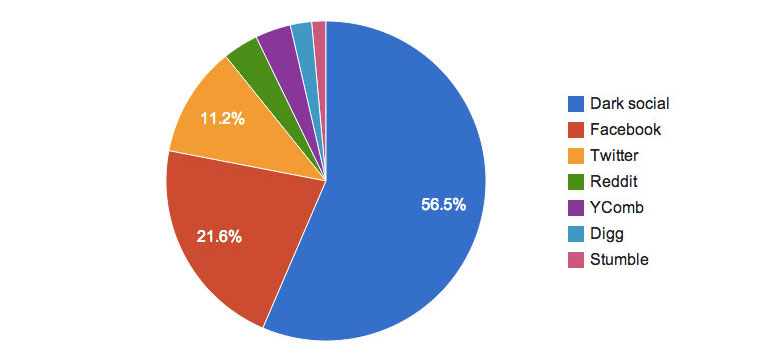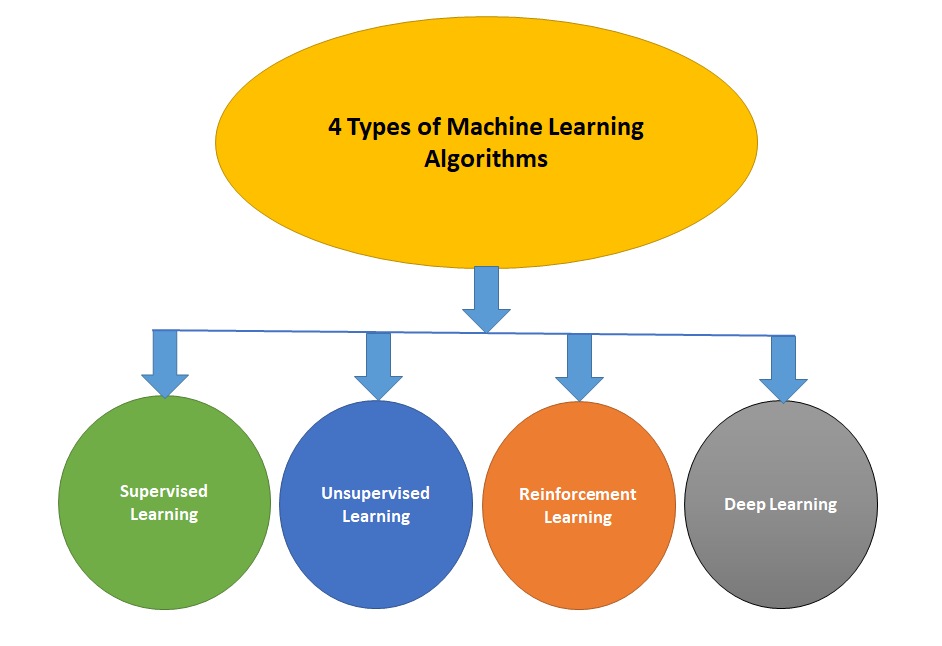In the dynamic landscape of digital communication, the realm of dark social tracking methods represents a labyrinth of hidden pathways and elusive insights. Dark social, a term coined by Alexis C. Madrigal in 2012, refers to the clandestine channels through which users share content privately, evading conventional tracking mechanisms. Understanding and navigating these obscure avenues is paramount for marketers, analysts, and researchers seeking to decipher the intricate tapestry of online user behavior. This exploration delves into the multifaceted strategies and technologies employed in the pursuit of illuminating the shadows of dark social activity.
1. Dark Social Tracking
Dark social tracking methods encompass a diverse array of techniques designed to unveil the hidden contours of digital communication. Unlike interactions on public platforms such as Facebook or Twitter, dark social sharing occurs behind closed doors, shielded from traditional analytics tools. As users gravitate towards private messaging apps, encrypted communication channels, and direct sharing, the challenge of tracking dark social activity becomes increasingly pronounced.
2. Specialized URL Parameters
One of the primary methods employed in tracking dark social activity involves the implementation of specialized URL parameters. By appending unique identifiers to shared links, analysts can trace the origins of traffic originating from dark social sources. These parameters, often embedded within URLs using tools like Google Analytics, enable researchers to discern whether incoming traffic originated from a direct link, a social media platform, or a dark social channel. While effective, this approach necessitates a proactive effort on the part of content creators to incorporate tracking parameters into their shared URLs.
3. Machine Learning Algorithms
In addition to URL parameters, advanced analytics platforms leverage machine learning algorithms to infer the origins of dark social traffic. By analyzing patterns in user behavior and interaction, these algorithms can identify signals indicative of dark social sharing, even in the absence of explicit tracking mechanisms. Through the analysis of referral patterns, user demographics, and temporal trends, machine learning algorithms can discern subtle nuances in user engagement, offering valuable insights into the elusive realm of dark social activity.
Related Blogs: What is the latest Google algorithm update 2024?
4. Social Listening Tools with Sentiment Analysis
Another emerging frontier in dark social tracking involves the integration of social listening tools with advanced sentiment analysis capabilities. By monitoring conversations across a diverse array of digital platforms, these tools enable researchers to identify instances of dark social sharing and gauge the sentiment surrounding shared content. Through the analysis of keywords, emotive cues, and linguistic patterns, sentiment analysis algorithms can discern the underlying attitudes and motivations driving dark social sharing behavior. Armed with these insights, marketers can tailor their messaging strategies to resonate more effectively with target audiences across both public and private channels.
5. Challenges and Ethical Considerations
Despite the promise of dark social tracking methods, several challenges and ethical considerations persist. Chief among these challenges is the issue of user privacy and data protection. As dark social sharing occurs within private channels, respecting user privacy and obtaining consent for tracking activities is paramount. Moreover, the dynamic nature of digital communication presents challenges in accurately capturing and analyzing dark social activity, necessitating ongoing adaptation and innovation in tracking methodologies.
6. Illuminating the Shadows
In conclusion, dark social tracking methods represent a frontier of exploration in the field of digital analytics, offering tantalizing glimpses into the hidden pathways of online communication. By leveraging a combination of URL parameters, machine learning algorithms, and sentiment analysis tools, researchers can illuminate the shadowy realms of dark social sharing, unlocking a wealth of untapped potential in the realm of digital marketing and audience engagement. As we venture further into the digital frontier, the quest to decode the mysteries of dark social sharing will continue to shape the future of marketing, analytics, and digital communication. Embracing innovative strategies and ethical principles, we can navigate the shadows of dark social activity with integrity and insight, unlocking new opportunities to connect with audiences in meaningful and impactful ways.
FAQ:
1. What is dark social, and why is it important?
Dark social refers to the sharing of content through private channels such as messaging apps, email, and direct communication, making it challenging to track using traditional analytics tools. It is important because it represents a significant portion of online sharing and can provide valuable insights into user behavior and engagement.
2. How can I track dark social activity on my website?
You can track dark social activity on your website by using specialized URL parameters, implementing advanced analytics platforms with machine learning capabilities, and integrating social listening tools with sentiment analysis features.
3. What are some examples of dark social channels?
Examples of dark social channels include encrypted messaging apps like WhatsApp and Signal, private Facebook groups, email, and direct messaging platforms such as Instagram Direct and Snapchat.
4. How does dark social sharing differ from sharing on public platforms like Facebook and Twitter?
Dark social sharing occurs privately, often one-to-one or within small groups, whereas sharing on public platforms like Facebook and Twitter is visible to a wider audience. Dark social sharing is not easily trackable using traditional analytics methods, whereas public platform sharing leaves digital footprints that can be monitored.
5. Why is it challenging to track dark social activity?
It is challenging to track dark social activity because it occurs through private channels where traditional tracking mechanisms are not applicable. Users share content in ways that do not leave easily traceable digital footprints, making it difficult for analysts to measure and understand.
6. How can businesses leverage dark social insights for marketing purposes?
Businesses can leverage dark social insights for marketing purposes by understanding their audience’s sharing behavior, creating content that is easily shareable through private channels, and developing targeted messaging strategies that resonate with users in private conversations.
7. Are there ethical considerations surrounding dark social tracking?
Yes, there are ethical considerations surrounding dark social tracking, particularly regarding user privacy and data protection. Businesses must be transparent about their tracking practices and obtain consent from users where necessary to ensure compliance with privacy regulations.
8. What are some common misconceptions about dark social activity?
One common misconception is that dark social activity is inherently nefarious or malicious. In reality, dark social sharing is often driven by a desire for privacy and intimacy in communication rather than by illicit motives.
9. Can dark social tracking methods be used to identify trends and consumer preferences?
Yes, dark social tracking methods can be used to identify trends and consumer preferences by analyzing patterns in sharing behavior, sentiment, and engagement across private channels. By understanding how content spreads through dark social networks, businesses can gain valuable insights into audience interests and preferences.
10. How can I improve my dark social tracking efforts?
To improve dark social tracking efforts, consider investing in advanced analytics tools, staying informed about emerging trends and technologies, and engaging with your audience to better understand their sharing habits and preferences. Additionally, prioritize user privacy and data protection to build trust with your audience and ensure compliance with relevant regulations.


Leave A Comment